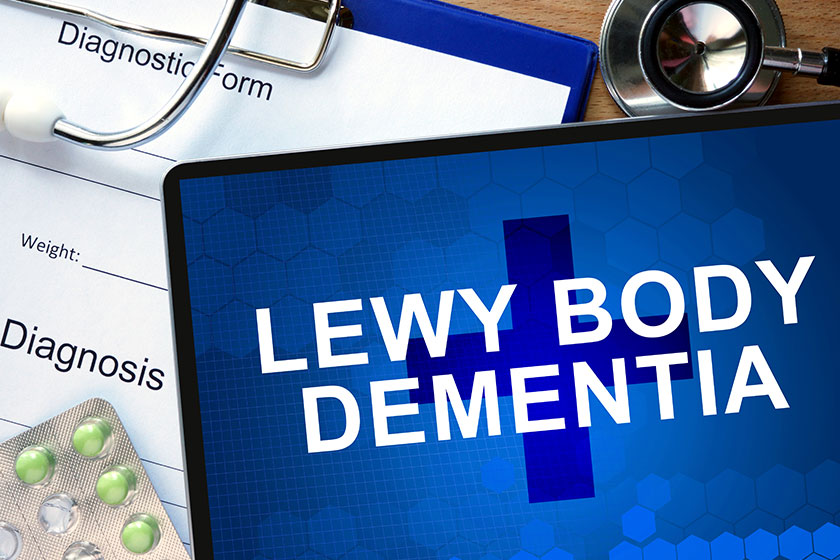When it comes to choosing the right retirement community for our loved ones or understanding the challenges faced by community residents, it’s essential to be informed about conditions like Lewy body dementia. This disease not only affects the individual but also has a significant impact on family members, other residents, and the community team who strive to offer care and support.
What Is Lewy Body Dementia?
Lewy body dementia (LBD) is a progressive brain disorder that affects thinking, behavior, mood, and movement. LBD is caused by abnormal protein deposits called Lewy bodies, which develop in brain cells. These deposits disrupt the regular functioning of the brain, leading to the symptoms experienced by the affected individual. This condition is often mistaken for Alzheimer’s disease or Parkinson’s disease because of the overlapping symptoms, but its progression and treatment can be quite different.
Symptoms and Progression
The hallmark signs of Lewy body dementia include fluctuating cognitive abilities, visual hallucinations, parkinsonian symptoms (like rigid muscles and slow movement), and sleep disturbances. As LBD progresses, residents might also experience mood changes, including depression and anxiety. A distinctive feature of LBD is the unpredictable nature of symptoms. A resident might seem lucid and engaged one moment and disoriented the next.
The rate at which Lewy body dementia progresses can vary, but over time, most residents will require increased levels of support.
Impact on Retirement Communities
With a growing number of older adults being diagnosed with Lewy body dementia, retirement communities need to be well-prepared to offer the right kind of support. This involves ongoing training for the community team, creating a conducive environment, and ensuring proper medical and therapeutic interventions.
The physical layout of a community plays a vital role in catering to residents with LBD. For instance, having clear signage, well-lit spaces, and calming environments can make a significant difference. Furthermore, team members need to be trained in effective communication techniques and be equipped with skills to handle challenging behaviors and mood fluctuations.
Additionally, it’s crucial for the community to foster open communication with family members and loved ones, updating them regularly about the resident’s condition and involving them in care decisions.
How Families and Loved Ones Can Help
It’s natural for family members and loved ones to feel overwhelmed when a resident is diagnosed with Lewy body dementia. However, there are several ways they can provide support:
- Educate Themselves: Gaining a comprehensive understanding of LBD helps in setting realistic expectations and preparing for future challenges.
- Stay Connected: Regular visits and interactions can be therapeutic for the resident and offer emotional support. While the person might not always recognize visitors, the sense of familiarity and comfort can be reassuring.
- Collaborate with the Community Team: Building a strong relationship with the team members of the retirement community can enhance the quality of care the resident receives. By sharing insights, preferences, and memories of the individual, the team can offer personalized care that respects the resident’s identity and history.
- Seek Support: Joining support groups or therapy sessions can provide an avenue for family members to share their feelings and challenges and learn from others going through similar experiences.
While Lewy body dementia is a complex and challenging condition, understanding its intricacies can make a difference in how retirement communities, families, and loved ones support the affected individual.







